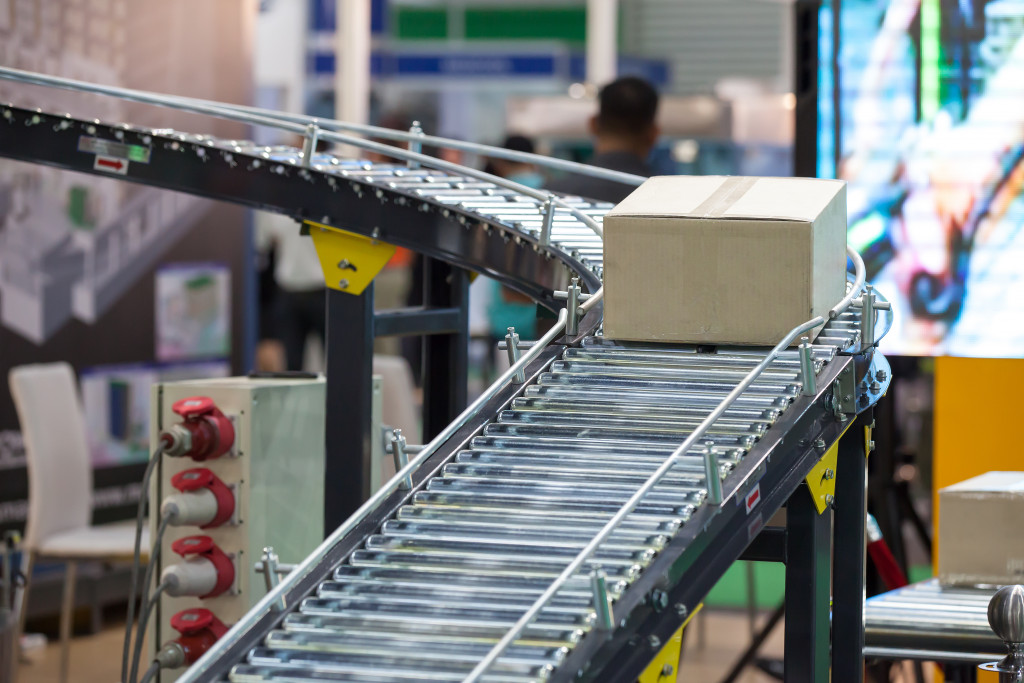What’s the value of sustainability? It extends beyond the preservation of the planet and the survivorship of mankind.
According to the data curated by Rainforest Alliance, sustainability also benefits businesses big time. Over 95 reported better sales and marketing outcomes, for example.
To be specific, more than half claimed they experienced improved profitability when they started selling these goods. About 30 percent lowered their costs. Meanwhile, 60 percent enhanced their reputation, and 30 percent increased their production.
These numbers are not surprising when at least 90 percent of consumers want brands to help solve environmental and social issues.
In other words, there’s still money (and perhaps even more than what most businesses think) if they embrace sustainability. The question is, what sustainable products sell? Usually, the ideas gravitate toward food options, but these are not the only sustainable choices out there.
Businesses can also consider the following:
1. Environment-Friendly Packaging
The power of plastic is gradually diminishing. The United Nations shared that almost 70 countries have already partially or completely banned single-use plastics. In Thailand, some suppliers already use banana leaves to wrap perishable products like fruit or vegetable.
In the United States, which uses 380 million plastic bags annually, banning them is more complicated. However, at least five states and some towns have already begun the process.
A growing number of consumers are also reporting more environment-friendly packaging. According to the 2021 Global Buying Green Report by Trivium Packaging, nearly 70 percent liked the products they buy in recyclable packaging.
Over half would consider sustainable packaging as a factor in their purchasing decisions. Lastly, at least 75 percent shared they’re willing to pay more for products in this type of package.
Manufacturing sustainable packages is lucrative, and even better, it is easier because the equipment to create them is already available. These include an automated box folding machine that allows companies to produce cartons in bulk to improve profit margins and lower shipping costs through their configurations upon delivery.
This machine also complements die-cutting equipment, which plastic manufacturers may already have. It automates the cutting process and ensures uniform sizes to avoid wastage of raw materials.
2. Bamboo Products
Many forecast reports suggest that the future of bamboo, and its derived products, is excellent. Grand View Research, for instance, believes that its market size could achieve a compound annual growth rate (CAGR) of at least 5 percent between 2019 and 2025. By then, the market value would have reached almost $100 billion compared to $68.8 billion in 2018.
Several consumers and manufacturers consider bamboo as a sustainable material for many reasons. First, this grass, which can grow up to 20 feet, is easy to grow. In fact, it’s one of the fastest-growing plants on the planet. Its height can already reach at least 11 inches in an hour.
Furthermore, as long as the weather conditions are right, bamboo can thrive in any fertile but well-drained soil. It is also low maintenance as it doesn’t need any fertilizer or pesticide. In the process, it helps retain the quality of the soil, making it sustainable for years.
Like the coconut, bamboo is a primary raw material for a growing number of popular products, including organic bedding, according to Grand View Research. The returns are even high since consumers see the likes of bamboo blankets, pillows, and linens to be luxury products.
3. Sustainable Clothing
According to Abraham Maslow’s hierarchy of needs, clothing remains an important factor for human survival. Without it, a person cannot move up to the pyramid until they can achieve self-actualization. However, consumers are more likely to stay away from fast fashion.
McKinsey once reported that online searches for terms like “sustainable fashion” increased significantly from 2016 to 2019. On the other hand, an analysis by Wharton partly blamed the shift of consumer preference (and conscience) for the failure of Forever21.
Granted, shifting to the production of more sustainable clothing won’t be easy. It can even be costly since there are not enough pieces of equipment that can mass-produce them.
The good news is that technology is catching up. Recently, two men were able to make vegan leather from cactus plants they were growing on their Mexican plantation. Because the material is tough, it could be a viable alternative to animal leather skin.
Companies like Veja, Girlfriend Collective, and Patagonia now make a variety of clothing pieces using recycled materials, such as plastic.
It’s hard to change what people are used to, and those who want to produce sustainable goods should be prepared to experience some birth pains. But if they persevere, they can rise with the trend and adapt to consumer needs.



